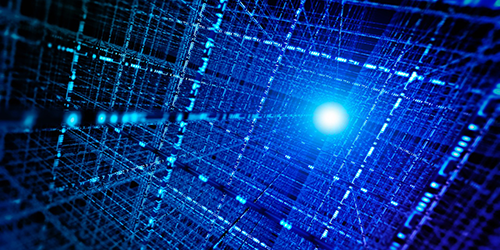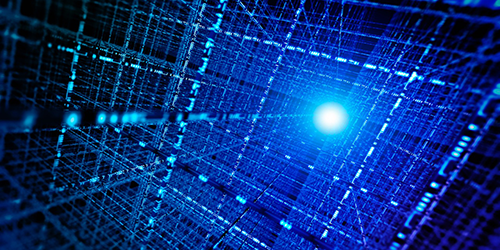Optical Computing Under the Lens
Photons and linear optical components, such as mirrors and beam splitters, have been touted as a practical means to make a quantum computer. But what does it really take to build, block by block, such a linear optical quantum computer? Ying Li from the University of Oxford, UK, and colleagues now describe a theoretical analysis that puts numbers on the technical resources required to build such a machine.
Their work goes beyond previous analyses because it does two things simultaneously. One, it determines the overall number of components needed to build a useful linear optical quantum computing (LOQC) machine. And two, it establishes the maximum photon-loss and error rates that each component should have to enable fault-free computation. It also provides a comparison with computing schemes that use matter such as atoms and superconducting circuits, as opposed to photons, to encode quantum information.
The authors estimate that, for a photon-loss rate per component of one in a thousand and an error rate per component of one in a hundred thousand, the total number of components required is at least 5 orders of magnitude larger than for a matter-based processor. This is because photons interact with each other much more weakly than matter particles do. LOQC schemes overcome this limitation only at the cost of massively more complex circuits. While these results may be regarded as bad news for LOQC, they could guide researchers in the search for improved protocols for LOQC. In the end, hybrid architectures that combine photons and matter may turn out to be better than pure optical approaches.
This research is published in Physical Review X.
–Ana Lopes





